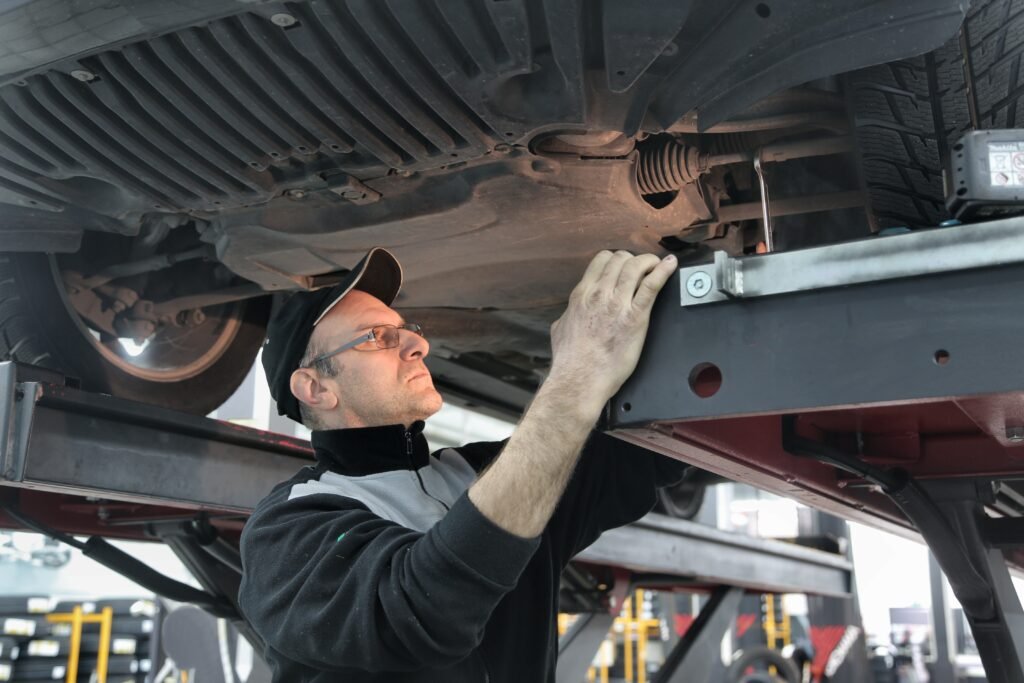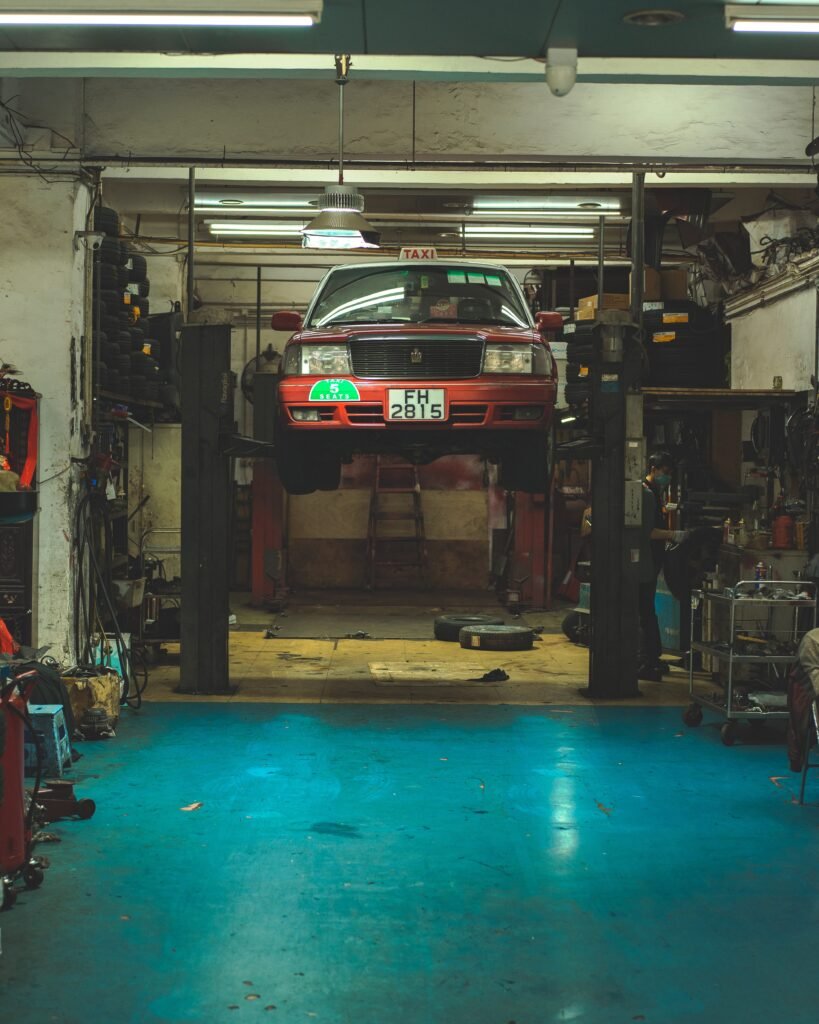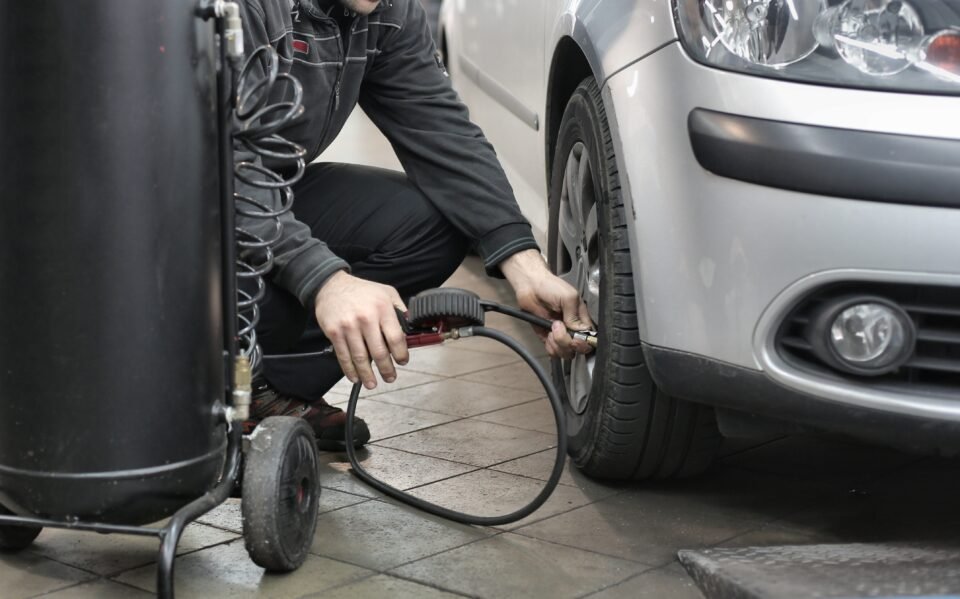To improve the performance and life of your vehicle, here is a list of items that you should check based on the season and time. Some parts of your car must be checked daily, and others in the long run. Be sure to make a basic car maintenance checklist and service interval record.
Caring for your vehicle and maintaining it takes a little bit of effort, but you do not have to be a mechanic to maintain your vehicle in the top condition. The biggest hurdle is being aware of what must be done and how often should you go for car maintenance – for keeping your vehicle in the best condition. By understanding the basics about what your car requires and when you should perform maintenance, you will make sure that your vehicle is in top-running condition.
As an extra bonus, if you can prove that your vehicle has been maintained, you can ask a large amount of money at the time of reselling it. And, of course, it is significant to remember that car maintenance costs, while not cheap always, can help you to avoid expensive car repairs. To make it simple to keep track of your basic car maintenance checklist, here is a simple car maintenance checklist to help you keep your vehicle in the top condition.
Basic Car Maintenance Checklist for Short Term
For maintaining your vehicle, check the following:
An important thing that you must include in your full car maintenance checklist is to check the oil and coolant level. Every month or every few gas fill-ups and mainly before going on a road trip, it is better to go under the hood of your car and check both coolant and oil levels when the engine is cool. Low levels of any of these can lead to problems in the engine, if not checked. While preparing a road trip car maintenance checklist, make sure you refer to the manual to locate the oil and coolant level in your vehicle.
Air filter
Your car’s engine regulates the air that flows inside your engine and keeps particulate and debris out. By ensuring that your air filter flows properly, you can lessen your emission, improve your fuel efficiency, and help in ensuring the long life of your car engine. This can be done at home. But before that make sure you check your owner’s manual for instructions and how often it must be changed.
Tread Depth and Tire Pressure
Another thing to include in a monthly car maintenance checklist is checking the pressure of the tires and depth of the tread. As well-maintained tires are important for a fuel-efficient and safe ride, you must make sure you check your tires often. Every month check the pressure in your tires, or before going for long trips or when your car carries an extra load. Do not miss the spare. Use a tire pressure gauge to check the tire pressure. During the cold months, keep a note that tire pressure reduces one pound with each 10 degrees decrease in the pressure. Your car’s manual will tell you much air pressure do the tires need. You can check the tread depth using a simple penny method.
Turn signals, parking lights, brake, and headlights
These are a few things that you must include in your basic car maintenance checklist. It is important that the lights of your vehicle are functioning properly, but most of the time it can be a simple item to overlook. Once a month, turn on the headlights when you park our car in front of a flat surface and check that the headlights are working properly and are positioned right. Walk around your vehicle and check your parking lights too.

Filter and oil
The motor oil in your car’s engine serves as a whole slew of functions: it lubricates the moving parts, acts as a sealant against the debris, cools the engine, and lessens wear and tear. It also helps in preventing engine corrosion. Cleaning is important for the engine’s good health. Based on your car and what type of oil you are using; you may need to change the oil filter as well as oil every 3 months or every 3000 miles. Many new vehicle’s manual suggests changing the oil between 5,000 to 10,000 miles. Check the manual and contact a professional to be sure what is right for your vehicle.
Rotate the tires
Based on your vehicle alignment and usage, the tread wear patterns on the tires may vary between the back and front tires, or even from one side of the tread to another. By including rotating tires in your car maintenance checklist, you can extend the life of your tires. It will also help in preventing vibration and noise issues.
Wax vehicle
Making sure to wax your car every six months after cleaning it will not only make it look shiny, but it will keep both the pain of the car in good condition and reduce the chance of rust. Many irritants like sand, dust, and salt can accumulate environmental factors like ultraviolet light and ozone can result in microscopic damage. However, waxing the vehicle can lessen this by forming a protective shield to extend the paint’s life.
Long term check-ups to be included in your basic car maintenance checklist
Transmission fluid
Like the oil in your car engine, transmission fluid is a lubricant that helps in keeping all the moving parts inside your transmission functioning right. Whether you drive an automatic or a manual car, it is important that you check the transmission fluid and change it whenever required. This will help you to avoid expensive transmission damage. Make sure you follow the manufacturer’s recommendations.
Check shocks and struts
The struts and shocks on your car function to control the effect and rebound as your vehicle passes over bumps and are an important part of your vehicle’s steering system. They must be inspected by an expert every 50,000 miles or bring your vehicle to the shop if you find a change in smoothness or loss of control while driving.

Transfer case fluid
In all-wheel or four-wheel drive cars, the transfer case is what moves power from transmission to the axle. You must check the transfer case fluid as per the car manufacturer recommendations to make sure that it is leak-free and properly filled. For this, you need to go under the vehicle. It is better to call a professional.
Spark plugs
The spark plugs in your engine burn the air mixture and gas that finally powers your car. If your spark plugs are not working properly, your engine will lose power and would not run at optimal capacity. Have a thorough check-up and change the faulty spark plugs based on the manufacturer’s recommendations or when you feel the engine’s power has started decreasing.
Change the windshield wipers
Windshield wipers must be replaced once a year, or whenever you feel that the effectiveness is being compromised. During the winter months, it could be a great idea to install wiper blades for better performance. Make sure in winter, you pull your wipers away from the window when the car is parked. It will prevent the buildup of ice.
Checking battery performance
A car battery is one of the most significant components of your car. A car battery supplies huge amounts of electrical current for the starter, engine, and other electronic accessories in the car. Extreme temperatures affect the performance of the battery so regular testing of the battery will ensure that the battery will perform better when you want it to.

